Cash is rapidly disappearing from consumer transactions across Asia, giving way to QR codes and smartphone payment technologies, according to Nikkei Asia.
 |
| The rise of smartphone use is driving cashless payments in Asia. Illustration photo. |
Cash is rapidly disappearing from consumer transactions across Asia, giving way to QR codes and smartphone payment technologies, according to Nikkei Asia.
According to US payment processing company Worldpay, by 2027, cash will account for only 14% of total transactions, down sharply from about 47% in 2019, Nikkei Asia reported.
The shift to cashless payments has been fueled by efforts by many Asian countries to develop domestic digital payment systems, thereby reducing the dominance of Western credit card brands.
In Mumbai, India, riders deliver food and daily necessities on motorbikes in less than 10 minutes, with the entire transaction done over the phone. Many of these services don’t even accept cash as payment. Cash as a percentage of value in India is forecast to fall to just 10% by 2027, down from 71% in 2019.
In 2016, the Indian government partnered with financial institutions to introduce the Unified Payments Interface (UPI), a mobile payments system that enables real-time transactions. UPI is now the foundation for many app-based delivery services and other business models. According to PwC India, over 131 billion transactions were made via UPI in FY2023.
In China – where more than 1 billion people already use Alipay and other digital payment apps – the share of cash transactions is forecast to fall to just 3% by 2027.
Douglas Feagin, president of Ant International, which operates Alipay outside China, said the company plans to expand its network of partners accepting Alipay in Asia and other markets. Currently, the number of foreign stores accepting Alipay has exceeded 10 million.
The trend toward cashless payments is accelerating rapidly in Asia. On average, across 14 countries and territories, the share of cash transactions is expected to fall by 33 percentage points from 2019 to 14% by 2027 – just above Europe’s 12%.
French consultancy Capgemini predicts the Asia-Pacific region will reach 1.46 trillion cashless transactions per year by 2028, more than four times higher than North America, where credit cards remain the dominant payment method.
The rise of smartphones is driving cashless payments in Asia, which has historically been slow to take off in Southeast Asia due to low bank account ownership, leading to limited credit card usage compared to the US and Europe.
But smartphones have changed that. With just a phone number and some basic information, payments have become easier, making cashless payments accessible to more people.
Globally, smartphone payments at retail are expected to reach 46% by 2027, more than double the 22% for credit cards.
Another driver of cashless payments in Asia is nationalism. The governments of India and China are aggressively developing domestic payment networks, challenging the dominance of international credit card brands like Visa and MasterCard, which charge a few percent of each transaction and collect vast amounts of data from both consumers and businesses.
In Southeast Asia, countries are collaborating to develop QR code-based digital payment systems. Users of Thailand’s PromptPay and Singapore’s PayNow can already transfer money between the two countries. Research is also underway to build a cross-border real-time payment system in the region.
Source: https://baophapluat.vn/thanh-toan-tien-mat-dang-giam-manh-khap-chau-a-post539134.html



















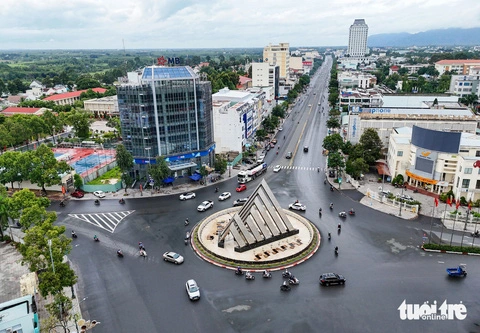










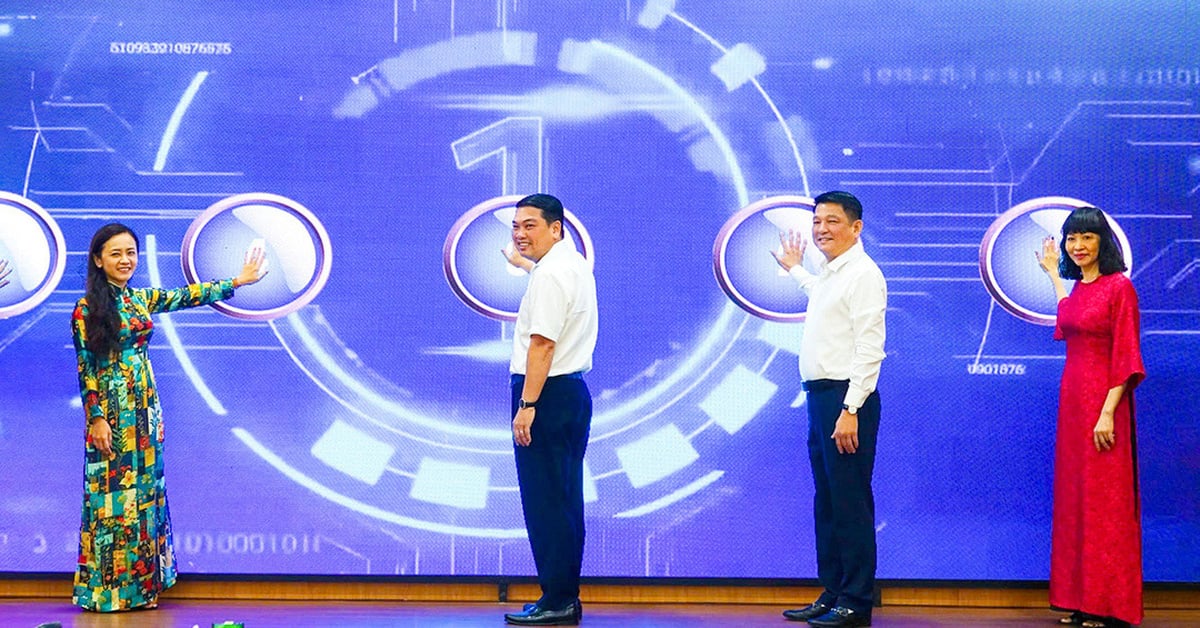

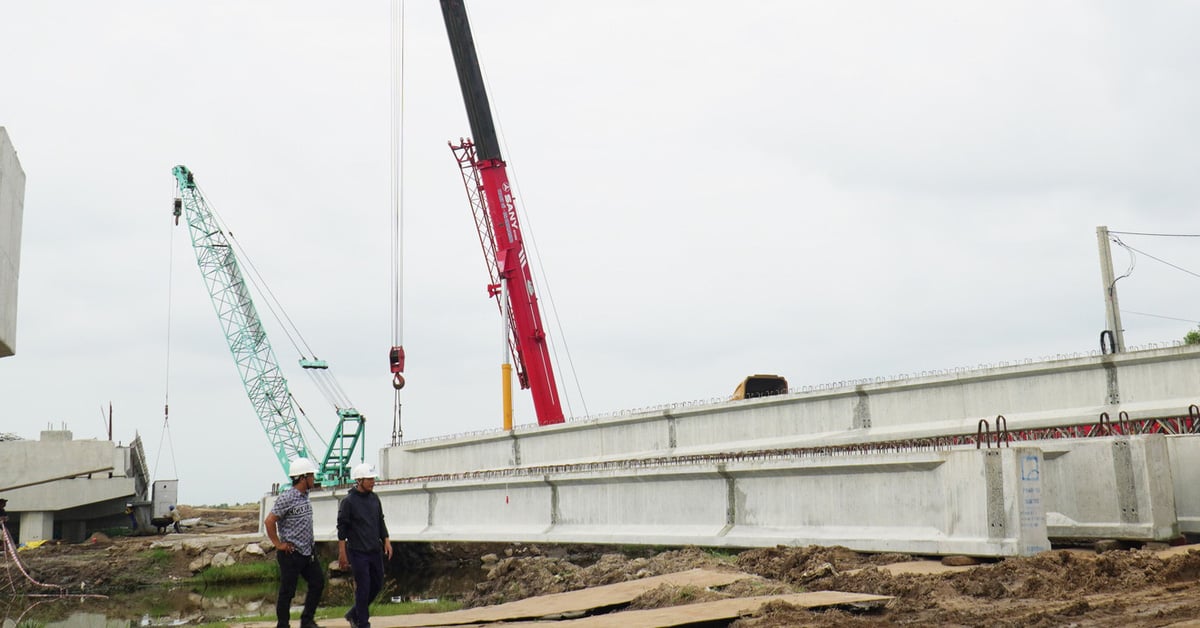




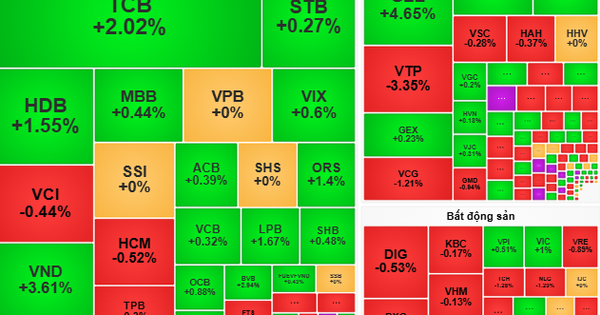




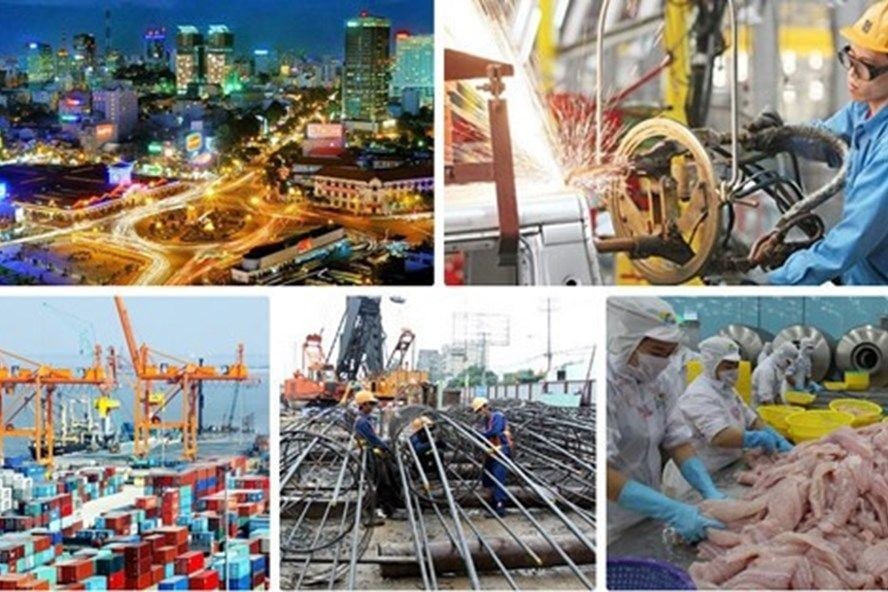

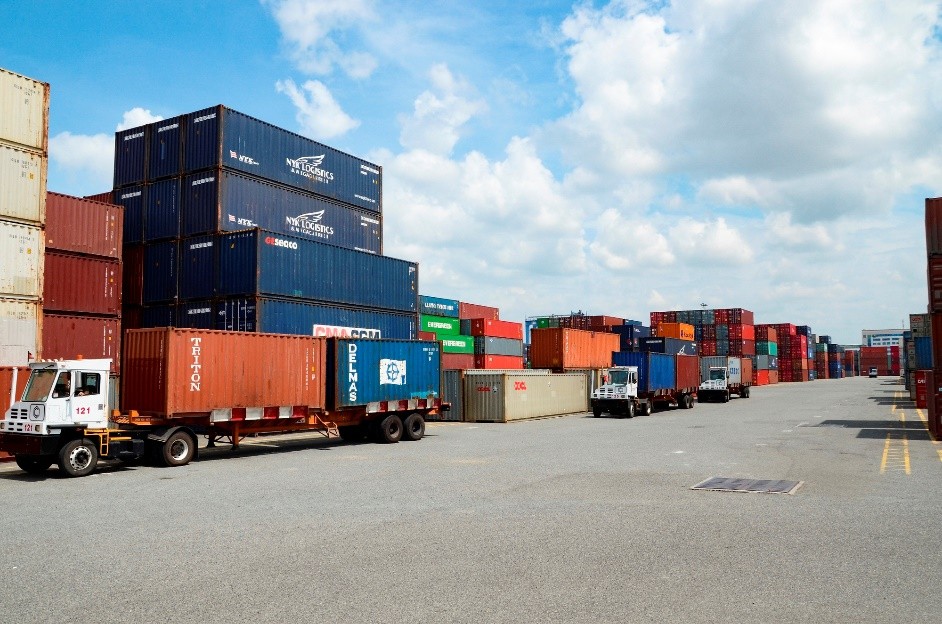











Comment (0)